Due to the announced rain, we try to shift our activities inside the buildings.
Museum of World Culture
We start with a visit to the Museum of World Culture (Världskulturmuseet). The museum is right next to the Liseberg Amusement Park. The architecturally interesting building, designed by the London architects Cécile Brisac and Edgar Gonzales, was opened in 2004.
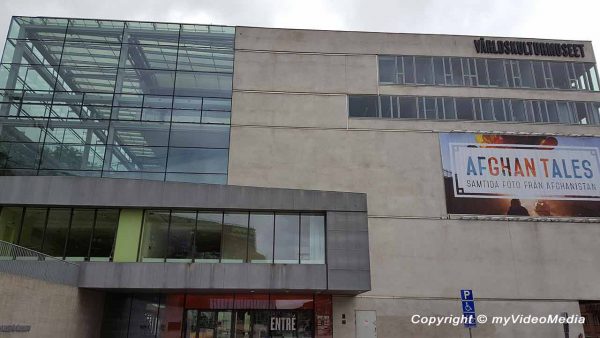
In contrast to the classical museums with permanent exhibitions and exhibits behind glass cases, the state-owned Museum of Wold Culture focuses on creativity and modern thinking.
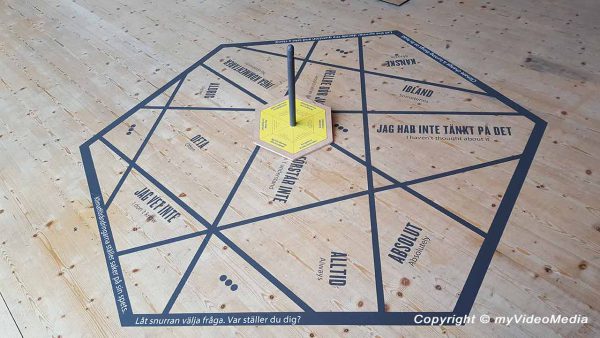
Questions about global issues and lifestyles are raised in unconventional and sometimes provocatively way.
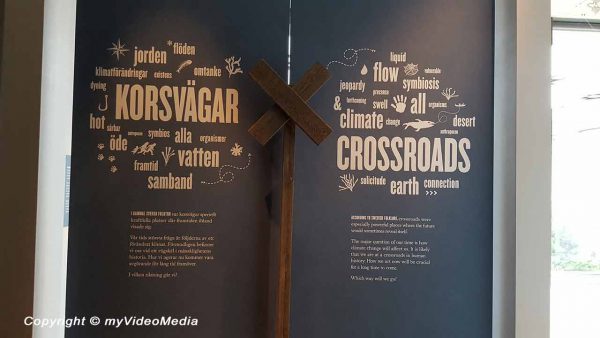
With this approach, one would like to attract to a young audience. Success proves the concept right because around 60 percent of visitors are under 30 years old. In 2009, the museum was awarded the Museum of the Year, the highest award that a Swedish museum can obtain.
The Museum of World Culture offers a changing program with interesting exhibits from around the world, that involves all senses. The goal is to raise mutual understanding between cultures, to overcome prejudices and to better understand foreign cultures.
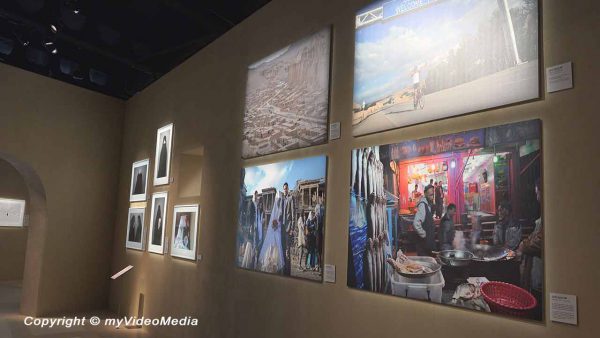
In the current photo exhibition Afghan Tales, 22 contemporary Afghan photographers show a complex picture of Afghanistan in 75 excellent photographs.
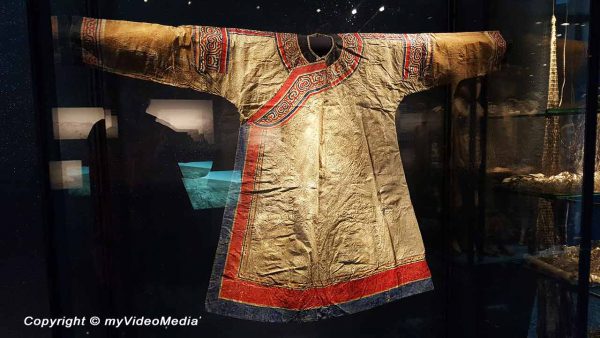
Further exhibitions deal with Vietnam and the Arctic.
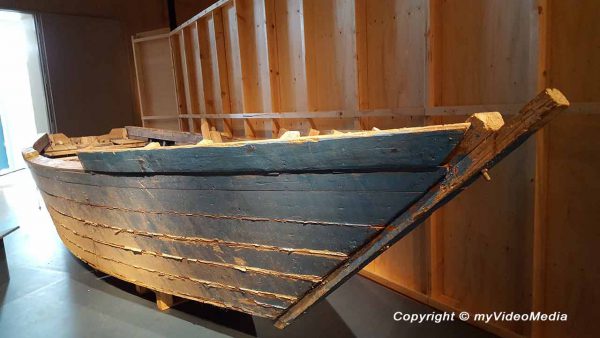
In addition, playful exhibitions, that challenge body as well as heart and brain, invite families to explore and experience contemporary issues together.
After visiting the City Museum, we go to Brunnsparken and linger a bit in the park and along the canals.
You are currently viewing a placeholder content from YouTube. To access the actual content, click the button below. Please note that doing so will share data with third-party providers.
Then we stroll through the mall Nordstan. It is Gothenburg’s largest shopping center with countless shops. The probability of getting lost is very high, but fortunately, the competent employees at the information desk know all the shops and the way to get there.
Gothenburg City Museum
Our next program item is the City Museum, Stadsmuseum in Norra Hamngatan. The museum is in the former building of the East India Company.
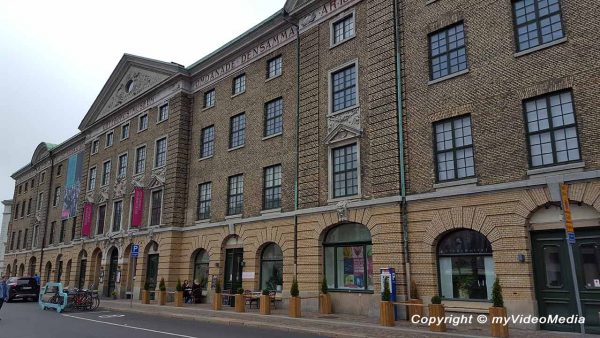
The building, designed by the architects Carl Hårleman and Carl Wilhelm Carlberg, has an imposing entrance hall with cast iron columns and murals.
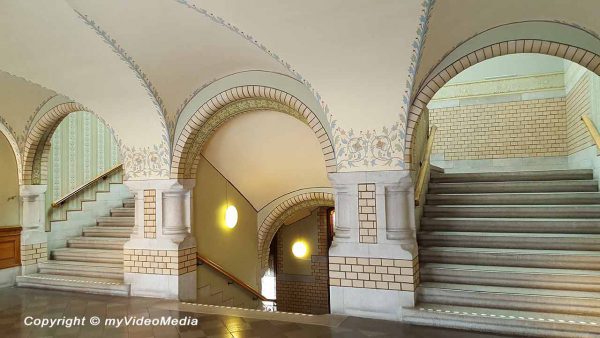
The City Museum vividly illustrates the municipal history from the Stone Age to today. In several rooms, you see exhibits that tell a lot about the life of that time.
A highlight is the Viking Ship, Äskekärrskeppet, dating from 930 AD. The Äsekärr Ship was found in the mud of the Göta Alv north of Alafors, in 1933. It is one of the most important finds from the Viking age.
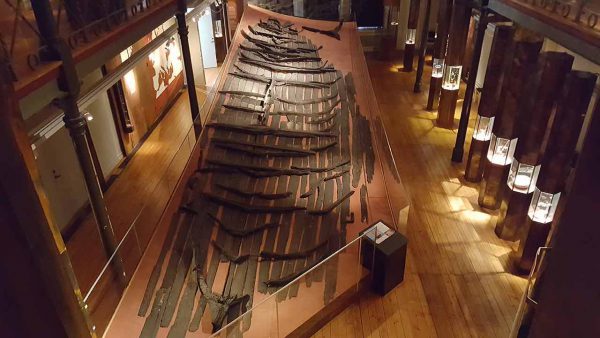
Most likely the Äskekärr ship was a Knarr. This particular type of ship had a broader and deeper hull than the faster longships and could take more cargo. A Knarr, powered by sail with only a small crew for rowing shorter distances, was the ideal ship for longer trips on the open sea. The Vikings used this vessel primarily for transporting goods. The 16 m long Äskekärr ship could transport more than sixteen tons of goods.
Very interesting is the period of the great seafaring, when Gothenburg became Sweden’s gateway to the world, due to the activities of the East India Company. The souvenirs from the faraway countries reflect the domestic prosperity of the ship owner families which has reached a very high standard.
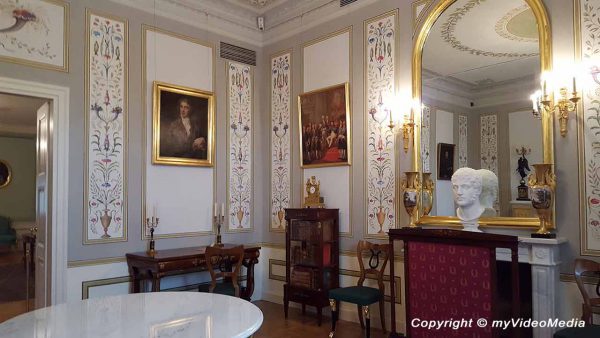
The section with exhibitions of the 19th century illustrates the transformation of society through industrialization.
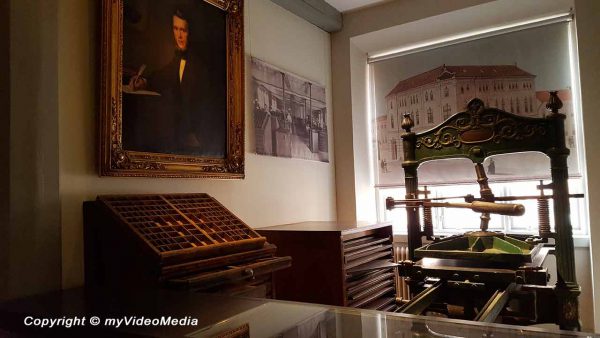
At that time, printing technology, photography and weaving played an important role.
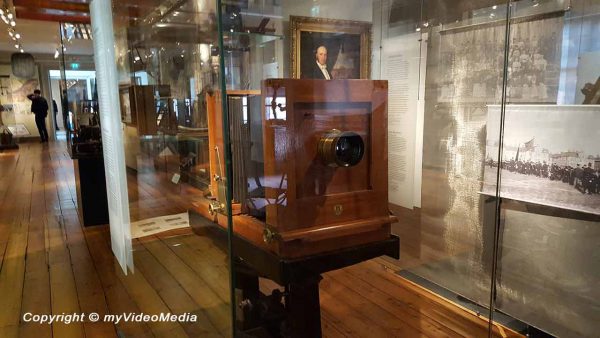
In the 20th century section, you find several exhibitions illustrating the general development of Sweden to the 60s.
After the visit to the City Museum, we decided to explore the city district of Haga. In the Korsgatan we enjoy a coffee and watch a dove that plays with the remains of a meal at the next table. On our way, we come across the cathedral of Göteborg before we reach Västra Hamngatan, from where we to take the tram to Haga.
Text, photos and video: Copyright © myVideoMedia